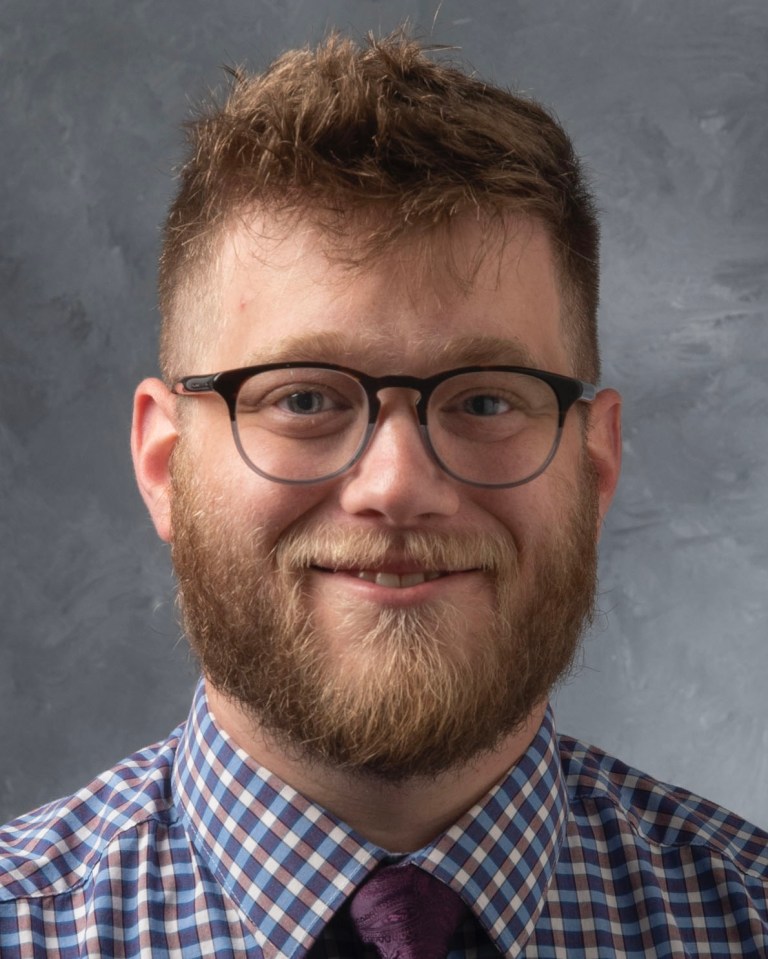
Dustin Swarm
Postdoctoral Research Scholar in the Department of Physics & Astronomy at University of Iowa
Hometown
Greenville, Illinois
Education
B.S. in Spanish Education, B.A. in Physics and Mathematics, Greenville University; Ph.D. in Physics, University of Iowa
What is the focus of your research?
My research involves the design and fabrication of focusing optics for high-energy astrophysics investigations. Constructing telescopes with focusing optics that operate in the hard X-ray to soft gamma-ray regime (100-600 keV) is unfeasible with current technologies. Developing high-performance focusing optics for this regime would enable deeper investigations of, for instance, accreting compact objects or sources of electron-positron annihilation.
What does this fellowship mean to you?
The Roman Technology Fellowship is impactful for my early career in a number of ways. It is a major source of encouragement that my work is interesting and meaningful to people beyond myself. It is a validation that I have a place in the broader astrophysics community. It offers a chance of stability and a solid foundation on which to build my nascent career. I am also grateful for the opportunity it provides me to mentor and train future astrophysicists, following in the footsteps of the mentors who have poured into me along this journey. I am honored to be selected as a Roman Technology Fellow.
What inspired you to pursue your career in astrophysics?
I grew up with a love of science. From my mother burying chicken bones in my sandbox to inspire my play as a paleontologist to my grandfather purchasing a telescope so we could look at the Moon in his backyard, my ambition was to become a scientist. I began college on an aerospace engineering path, but along the way I switched majors to Spanish education. I spent six years as a high school Spanish teacher, but during that time I followed the physics and astronomy world through documentaries, news articles, and books. I missed engaging with mathematics and science, and I eventually decided it was time to go back to school to become an astrophysicist. It was in this time that NASA’s Juno spacecraft was transmitting high quality photographs of Jupiter, and the ground-based LIGO, the Laser Interferometer Gravitational-wave Observatory, was detecting black hole mergers. I was wrapping up my second undergraduate degree when news broke of the simultaneous detection of gravitational waves and electromagnetic radiation from the neutron star merger GW170817. I was fascinated by the papers published on this event, and it cemented my desire to become a high-energy astrophysicist.



























